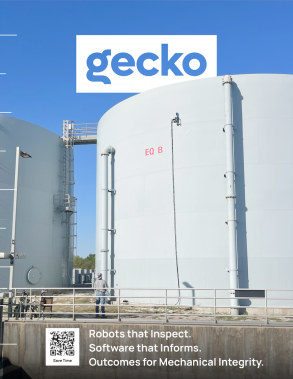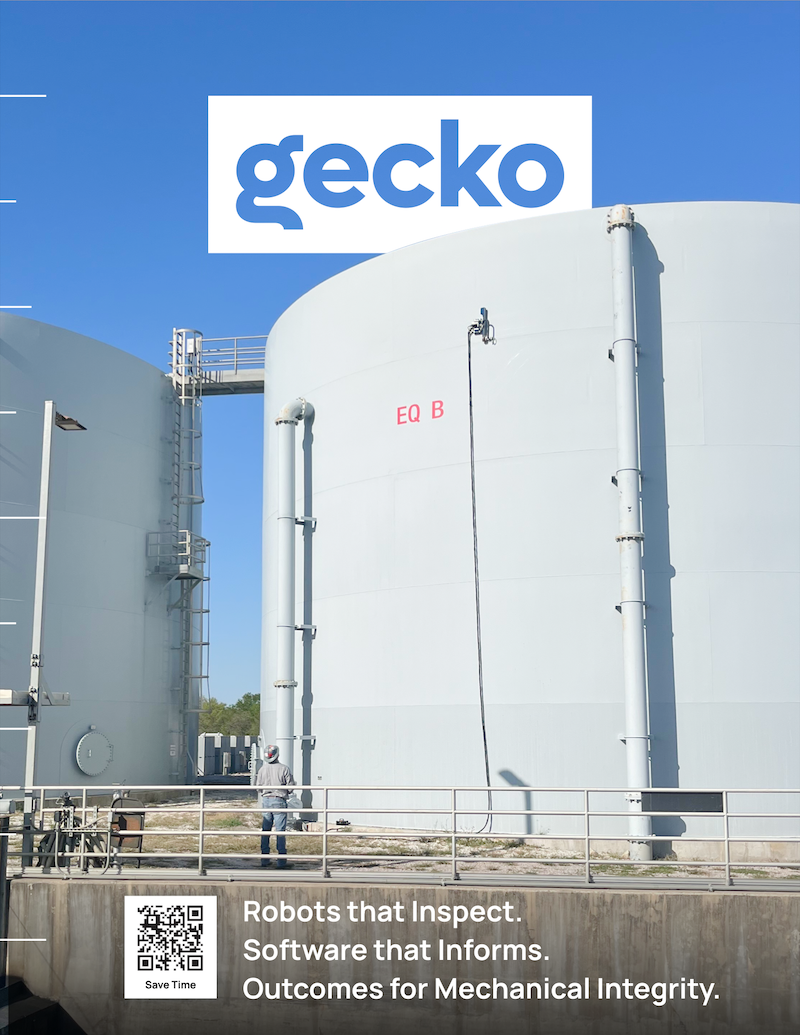Introduction
In this article, we discuss the details of multiple degradation mechanisms of a 1965 vintage, two-tier, two-cell, terrace wall Foster Wheeler design primary reformer (F-101). It may be interesting to know that the ammonia plant was initially located and operated in Lake Charles, LA, USA, where it was mothballed after 25 years of service. The plant was relocated to Karachi, Pakistan, in 1995, where it was not only commissioned but was also revamped to increase its nameplate production capacity from 1,270 metric tons per day (MTPD) to 1,570 MTPD. The damage mechanisms discussed include metal dusting in feed gas coils of the primary reformer, failure of thermowell assemblies of process steam superheat coils, dissimilar weld failure, hydrogen disbonding in 1.25Cr0.5Mo (F11) flange to micro-alloy tubes welds of catalyst tubes, and bullhead tees to transfer line weld joint failures due to stress relaxation cracking.
Metal Dusting in Feed Gas Coils
The original desulfurization system at the time of relocation of the ammonia plant consisted of four vessels, each filled with activated carbon so that the two vessels operated in series. At the same time, the other two remained under regeneration. This system had proved insufficient for proper desulfurization, and sulfur slippage affected the catalyst in the tubes of the primary reformer, even though the steam/carbon ratio was increased to 4.0. Therefore, a new hydrogen desulfurization system (HDS) consisting of a feed/effluent exchanger, fired heater, hydrogenation, and absorption of zinc oxide was installed in 2003. In this new system, after desulfurization and passing the front-end exchanger, the natural gas is heated in the feed gas preheat coils to approximately 400°C before mixing with superheated process steam and entering the catalyst tubes of the primary reformer. Soon after installing the new desulfurization system, three successive failures of feed gas coils were experienced due to metal dusting, as explained below.
First Incident (1.25Cr-0.5Mo Finned Tubes)
On July 14, 2003, the ammonia and urea plants were in normal operation at 83% and 106% loads, respectively. To achieve a 110% urea plant load, the ammonia plant front-end load was increased to 86%, but the urea plant load could not be increased further due to low CO2 pressure. After carrying out operational checks, 1.2% methane at the southwest side of the reformer was detected during a routine weekly flue gas analysis of the stack. It was also observed that the feed gas preheat coil outlet temperature at the southwest side of the reformer was higher than normal. It was concluded that leakage had taken place in the feed gas preheat coil and the plant was shut down based on the following:
- 1.2% methane detected in the flue gas sample
- appearance of flame in the convection section
- higher reformer load with low CO2 production
- high exit temperature of process air coil (>570°C)
- less fuel consumption corresponding to reformer load
- less process air demand as per H/N ratio compared to load



















Comments and Discussion
There are no comments yet.
Add a Comment
Please log in or register to participate in comments and discussions.